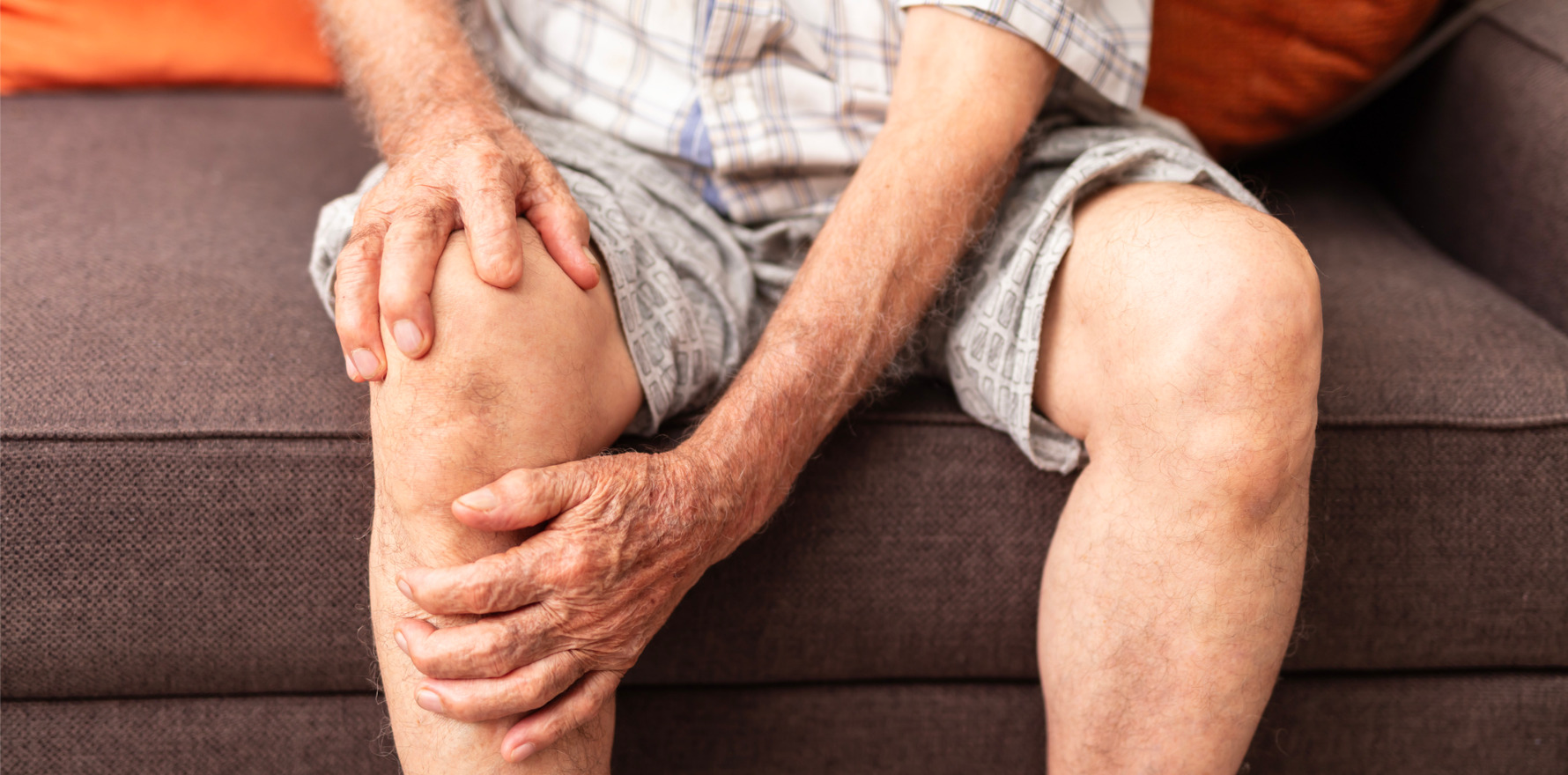Consistent use over five years increased pain, disability, stiffness and the need for total knee replacement.
New Aussie research highlights the importance of non-pharmacological long-term treatment options in patients with knee osteoarthritis.
NSAIDs are commonly used to manage symptoms of knee osteoarthritis in both the short and long term, but it is unclear whether long-term use is beneficial to patients.
“Despite clinical guidelines, long-term use of NSAIDs is highly prevalent in people with osteoarthritis, partly due to the continuous relief some patients feel without noticeable side effects. Other contributors are factors like self-medication and potential unawareness about the side effects of extended use,” said lead author Zübeyir Salis, a PhD student from the University of New South Wales.
Now, a new Australian study presented at the American College of Rheumatology Convergence shows long-term NSAID use in knee osteoarthritis is associated with several harmful effects.
Researchers combined data from 4200 people with or at risk of knee osteoarthritis, recruited across three cohort studies, to determine if consistent NSAID use over a four-to-five-year period was associated with worsening symptoms and structural changes.
Long-term NSAID users had 2.0-fold higher odds of worsening pain, 2.2-fold higher odds of worsening disability, 1.6-fold higher odds of worsening stiffness, 1.43-fold higher odds of having structural knee changes and 3.1-fold higher odds of a total knee replacement at the four-to-five-year follow-up, after controlling for factors such as age, sex, BMI, smoking status and osteoarthritis severity.
The findings highlight the need to consider the risks and benefits of long-term NSAID use in knee osteoarthritis patients, according to Mr Salis.
?“NSAIDs are implicated in 30% of hospital admissions due to adverse drug reactions, including serious gastrointestinal, cardiovascular and renal complications. Clinicians must heed guidelines that contraindicate NSAID use in patients with specific comorbid conditions and advocate for short-term administration,” he told Rheumatology Republic.
Mr Salis recommended clinicians consider alternative long-term strategies to improve patient outcomes, such as physical therapy, exercise and weight loss.
“For those in the overweight and obese body mass index group, weight loss can have important benefits for symptoms and structural changes. For example, 10% weight loss can reduce pain by 50%. The benefits of weight loss extend to preventing, slowing or delaying the structural changes as well.
“Our research shows that a 5-unit decrease in BMI, which is an amount that can lead to a reduction in BMI category (e.g. from overweight to normal), reduced the odds of incidence and progression by approximately 22%, and reduced the risks of knee replacement by approximately 15%.”





